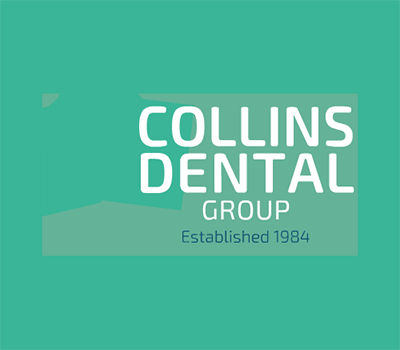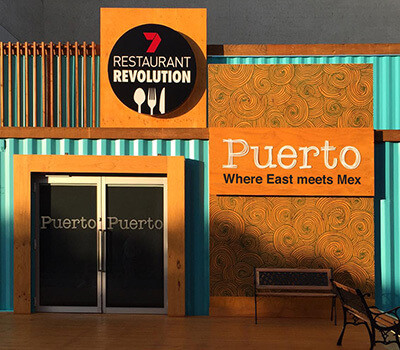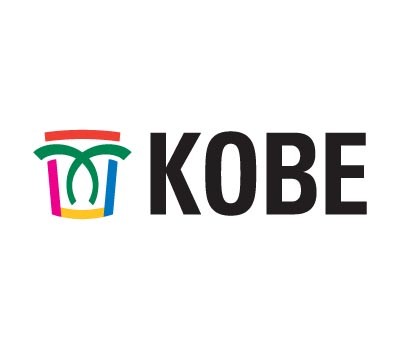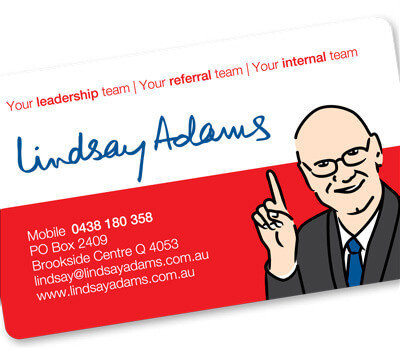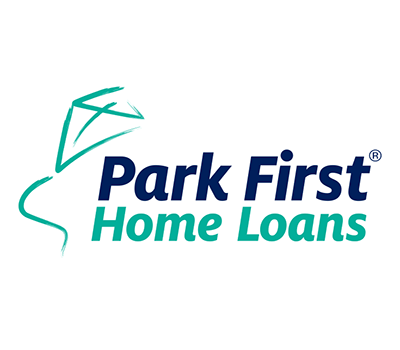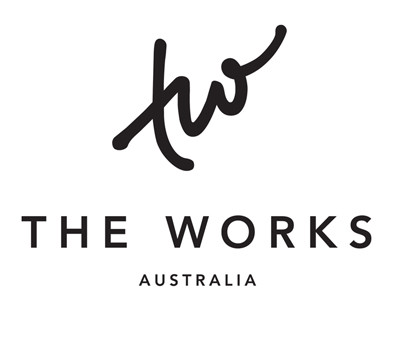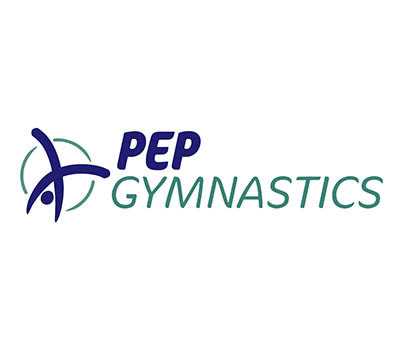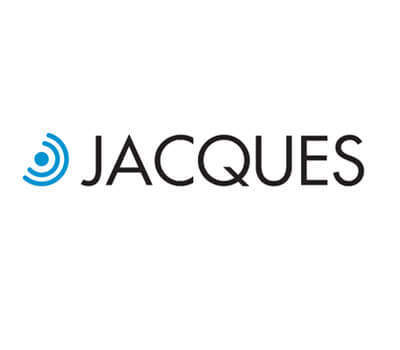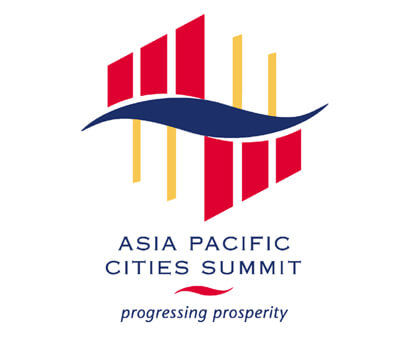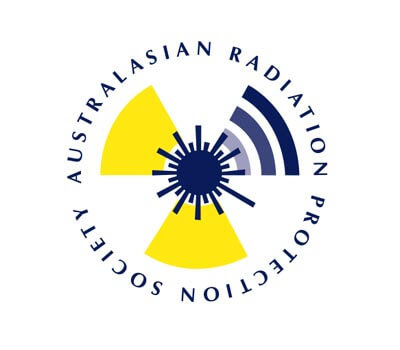Love your logo design.
You need logo design which is unique, engaging, differentiates you from your competitors, is the cornerstone of your brand, and which appeals to your target market, everywhere it appears. Contact Creative Passion® for professional Brisbane-based logo designers.
What’s the purpose of logo design?
Your logo is often the first visual impression people get of your brand or business – it appears almost everywhere your brand or business is identified, and as such is often the reference point which people associate with your product, brand or business.
Updating your logo
A logo designer may totally disregard a previous logo if there’s a strong rationale behind the change – particularly if the business is repositioning in the marketplace. If there is however existing brand recognition (which is perceived to be valuable), then there’s good reason to consider retaining key elements of the existing design.
What to look for in logo design?
It’s vital that your logo designer creates something which is:
- attractive to your target market;
- representative of your business, goals and ethos;
- unique and differentiates you from competitors;
- engaging and memorable;
- legible when large (on a building) or small (on your business card or website icon);
- professional and gives credence and authenticity;
- utilised consistently to maximise brand recognition;
- contrasted when compared with the style and colour of competitor material;
- unlike competitor trade marks and is part of your own intellectual property;
- capable of working hand-in-hand with your corporate identity.
What’s the difference between a logo, trade mark, brand and a corporate identity?
It’s important to note that your logo, trade mark, brand, brand promise and corporate identity are closely related, but are distinct from each other.
- The logo is one graphic which (typically) includes the business/product/service name.
- A trademark can be words, names, symbols, sounds or colours that distinguish goods and services, and is typically a business logo or product logo. More information on trademarks and intellectual property.
- The brand is the emotion or feeling a consumer has toward your business or product – it is defined by consumers.
- In order to influence your brand, your brand promise must be consistent with product or service innovations, customer service and your corporate identity.
- Your business name, logo, typefaces, colours, byline and associated graphics should be used consistently to form part of your corporate identity.
Do I need my logo in vector format?
Absolutely. Don’t leave home without it.
If your logo has been created by a professional logo designer, then it will undoubtedly be a vector image. This means that it’s made of digitally-created points, lines and fills which allow the logo to be scaled to any size and remain high quality. This “native artwork” will most likely be Encapsulated Postscript (EPS) or Adobe Illustrator (AI) format, and will be the preferred format required by most printers, newspapers, magazines and signwriters. Please note though that “standard” software such as Word and Excel are unable to edit, import or recognise these formats.
Although it’s possible that a PDF format file is vector, it is also possible that it’s actually a rasterised image. Similarly, a raster image can be saved in a vector format (but that doesn’t make it a vector image).
The bottom line is that you need a professional designer.
Do I need my logo in raster format?
Yes, you’ll likely need rasterised logo files for your website, Word, Excel, Powerpoint, email templates and invoices.
Raster images are created by scanners, digital cameras or computer programs which convert vector to raster formats. The most common raster formats are JPEG, GIF or PNG.
Logos can be saved in rasterised formats, however the main restriction is that there is maximum size (at high quality). So if an image is saved at 300 pixels wide and you’re printing at 300 dpi (dots per inch), then the maximum ideal image size is 1 inch wide.
Here’s more information about the difference between vector and raster artwork.


